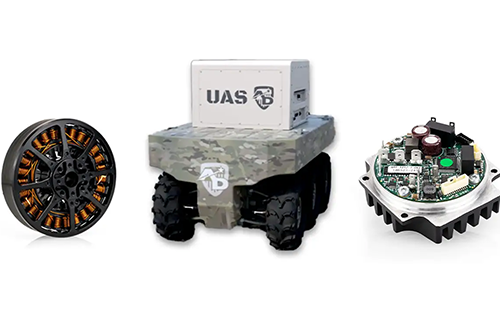
Allient Expands Global Drone Technology with Advanced Motion and Power Solutions
Meeting the Demands of Modern Drone Systems
Allient Inc. recently announced a major expansion of its capabilities to serve the global drone market. The company leverages its global engineering network and manufacturing facilities. Therefore, it now offers comprehensive solutions for unmanned aerial systems. These range from commercial off-the-shelf propulsion motors to electronic speed controllers. This move highlights Allient’s commitment to industrial automation.
Core Technologies for Drone Performance
Allient’s solutions are built on decades of expertise in motion control. The company manufactures over five million motors annually. Its drone-specific offerings include several key technologies:
- High-torque, lightweight motors from 43mm to 148mm diameter
- Multiple motor winding options from 3-Strand to 12-Strand
- Integrated or separate electronic drive capabilities
- Advanced lightweighting technology with EMI shielding
- Efficient U.S.-manufactured drive electronics
- Intelligent diagnostics for system monitoring
- High-performance autopilot communication protocols
According to MarketsandMarkets, the drone market will exceed $55 billion by 2028. Allient’s components meet rigorous defense standards. Moreover, their customization provides significant advantages.
A Unified Approach to Innovation
Multiple Allient technology units collaborate on these solutions. They provide BLDC motors and custom actuators. In addition, structural composite technologies enable drone nest designs. These nests can launch multiple drones from one platform. This integrated approach ensures reliable system performance.
Leadership Perspective on Market Evolution
“Allient is uniquely positioned for the drone market,” said Richard S. Warzala, Chairman and CEO. The company focuses on delivering tailored solutions. Consequently, it enables customer breakthroughs in drone applications. This aligns with drone integration in industrial automation.
Application Insights from World of PLC
From an industrial automation perspective, drone and control system synergy is crucial. Drones collect real-time data from hard-to-reach areas. This data feeds into central control systems for analysis. For deeper understanding, World of PLC offers automation resources. Exploring these helps design intelligent automated systems.
Practical Application Scenarios
- Infrastructure Inspection: Drones with high-torque motors inspect power lines autonomously
- Agricultural Monitoring: Lightweight drones cover large fields for precision farming
- Warehouse Management: Drones integrate with automation networks for inventory scans
Frequently Asked Questions (FAQ)
How do drones integrate with industrial control systems?
Drones communicate using protocols like DroneCAN or SPE. This allows interface with PLCs for data exchange.
What are benefits of COTS components in drone manufacturing?
COTS components accelerate development and reduce costs. They ensure reliability through proven technology.
Why is weight optimization critical for industrial drones?
Minimizing weight extends flight time and increases payload capacity. This is essential for surveying missions.







